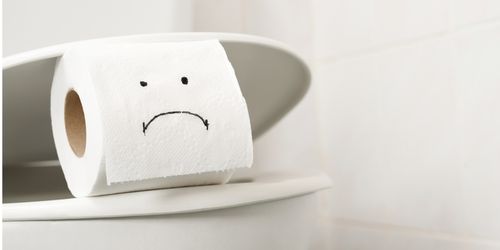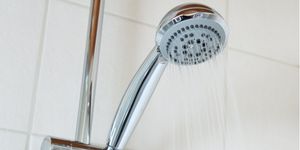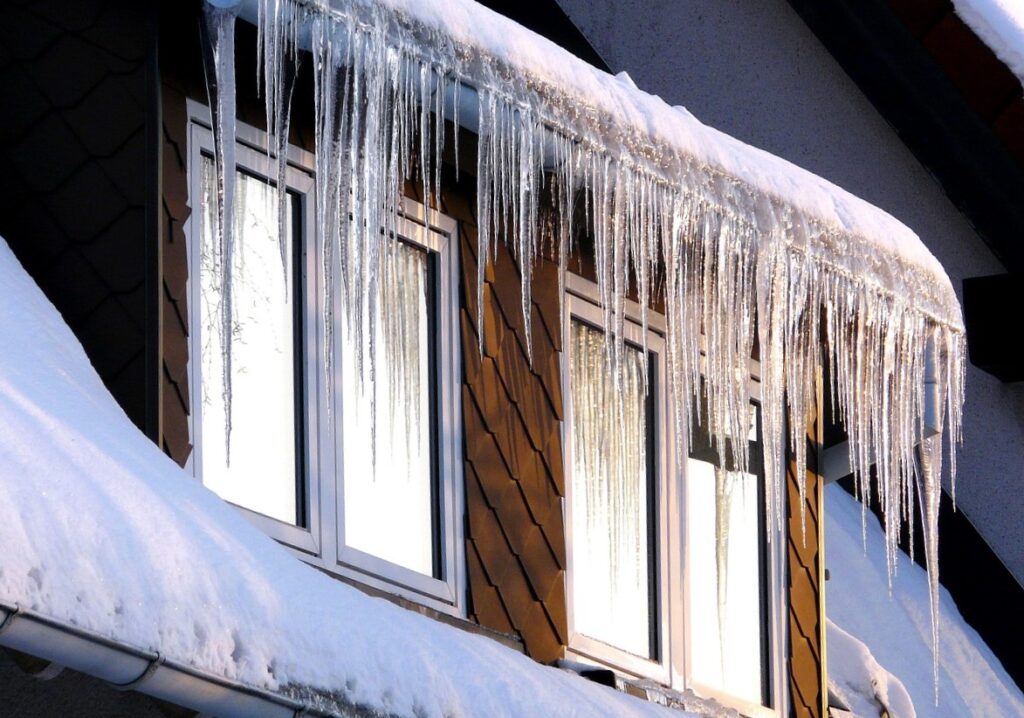What Causes Leaks and Drips in Your House
What Causes Water Leaks in the Home and How to Fix it
Leaks and drips in the home are one of the most frustrating things to deal with, but they can be easily fixed if you know what causes them. Learn some of the common causes of household leaks, when it’s a DIY project and when it should be left to an experienced Minneapolis Plumber with Dean’s Home Services.

How much water does a leaky faucet waste?
Did you know that if a faucet were to leak a drip a second for a year that it would waste about 3,000 gallons of water?
EPA
A Leaking Faucet
Leaks from faucets are one of the most common causes of water waste in homes. The problem may be with a washer, which is the rubber part that keeps water from leaking out of the spout. When this wears out, you’ll see drips coming down the side of your sink or tub faucet.
If your faucet leaks around where it meets the base (at a joint), it’s probably because that part has been worn away by use or age. If you can see signs of wear in this area, replace it before water damage sets in and makes things worse!

A leak is typically caused by a failed washer or seal
The culprit for most leaks is a failed washer or seal. The washer is the rubber seal that sits between the faucet stem and the faucet body—if it’s worn out, replace it with a new one.
Faucets can also be connected to an aerator, which controls water flow and pressure by regulating how much water enters your pipes. Over time, debris like rust and calcium buildup can clog up this part of your plumbing system. This can cause drips or leaks around the base of your faucet handle where it connects to its aerator spout. If you notice heavy leaking around this area, consider replacing both parts at once: remove old aerators first by unscrewing them from their housings; then replace them with new ones (available at home improvement stores).
DIY Maintenance for a Leaking Faucet
- Clean the faucet. When you are done with your daily shower, give the faucet a quick wipe down with a disinfectant or rubbing alcohol-soaked towel to remove bacteria and soap scum that could be causing damage.
- Lubricate the faucet parts. This can help prevent drips in two ways: First, it will make water flow smoother through your pipes, which means less chance of a leak or clog; second, it will reduce friction on the internal mechanisms of your faucet and allow them to function more smoothly. You can apply WD-40 from inside of the pipe using an old toothbrush or Q-Tip (but don’t use too much!) as well as from outside using any kind of lubricant that meets these requirements.
- Keep all parts in good condition. Keeping up with regular maintenance such as replacing washers every few years or so is essential for keeping leaks at bay! If you have any issues with drips coming out of one specific area instead of another place where water normally comes out (like when someone turns off their sink), then there may be something wrong with one particular part inside that needs replacing before anything else happens next time they turn off their sink during bathing time.”
The entire faucet should be replaced if these fixes don’t work.
If your faucet is still leaking after the above fixes, then it’s time to replace it. Replacing a kitchen faucet or bathroom faucet is a project that a Plumber will be able to do quickly

Leaks from Toilets
When it comes to leaks, toilets are usually the culprit. There are a few different ways that a toilet can leak, but the most common is when it’s not properly sealed. When this happens, water can seep through gaps in the floor or walls and into your basement.
Whether you choose to fix it yourself or hire a plumber doesn’t matter—you’ll need to make sure that your toilet is completely sealed before moving on. If there’s even a pinprick of space between where your toilet meets its base or flooring and baseboard trimming, you’re creating an opportunity for water damage in your home.
Toilet leaks can be fixed with a new flapper and flush valve.
Toilet leaks can be caused by a failing flapper or flush valve. The toilet has two rubber parts that open and close when you flush it: the flapper and the flush valve. When these wear out, they can leak.
The easiest way to fix this is just to replace both of them at once and this is a DIY project that most homeowners are able to tackle.
Shower Head Leaks
A leaking shower head is similar to a faucet leak. If there’s a leak here, get a new one or tighten up any loose parts on yours with pliers. If that doesn’t fix things, you may need to replace the gasket that seals between the head and pipe; this is often caused by age or damage from use over time.

Finally, if nothing above works and you’re still getting drips from your shower head after trying all of these steps (or if we haven’t gotten to them yet), then there could be another problem: check for leaks around where your pipes come through into your home—they can cause water damage inside walls when left unchecked!
A shower leak can cause a lot of damage and should be checked by a professional plumber.
What’s causing the shower to leak
The most common reason for leaks in a home’s plumbing system is a broken or worn-out shut-off valve that controls water flow. A worn-out gasket can cause your shower head to leak. The gasket is the rubber seal that is between the shower head and the pipe. It may become worn out and need to be replaced.
Leaks and drips can be annoying and potentially very damaging. Use some of the tips to quickly repair leaks in your home and if you want to ensure that your plumbing leak is repaired, contact a licensed Plumber.
A professional Plumber with Dean’s Home Services specializes in locating and repairing water leaks in all types of Minneapolis St. Paul area homes.





Request Service


- Free annual evaluations
- 10% discount on repairs and equipment
- Priority scheduling
- No regular travel charges
- Discounted after-hours travel charges





